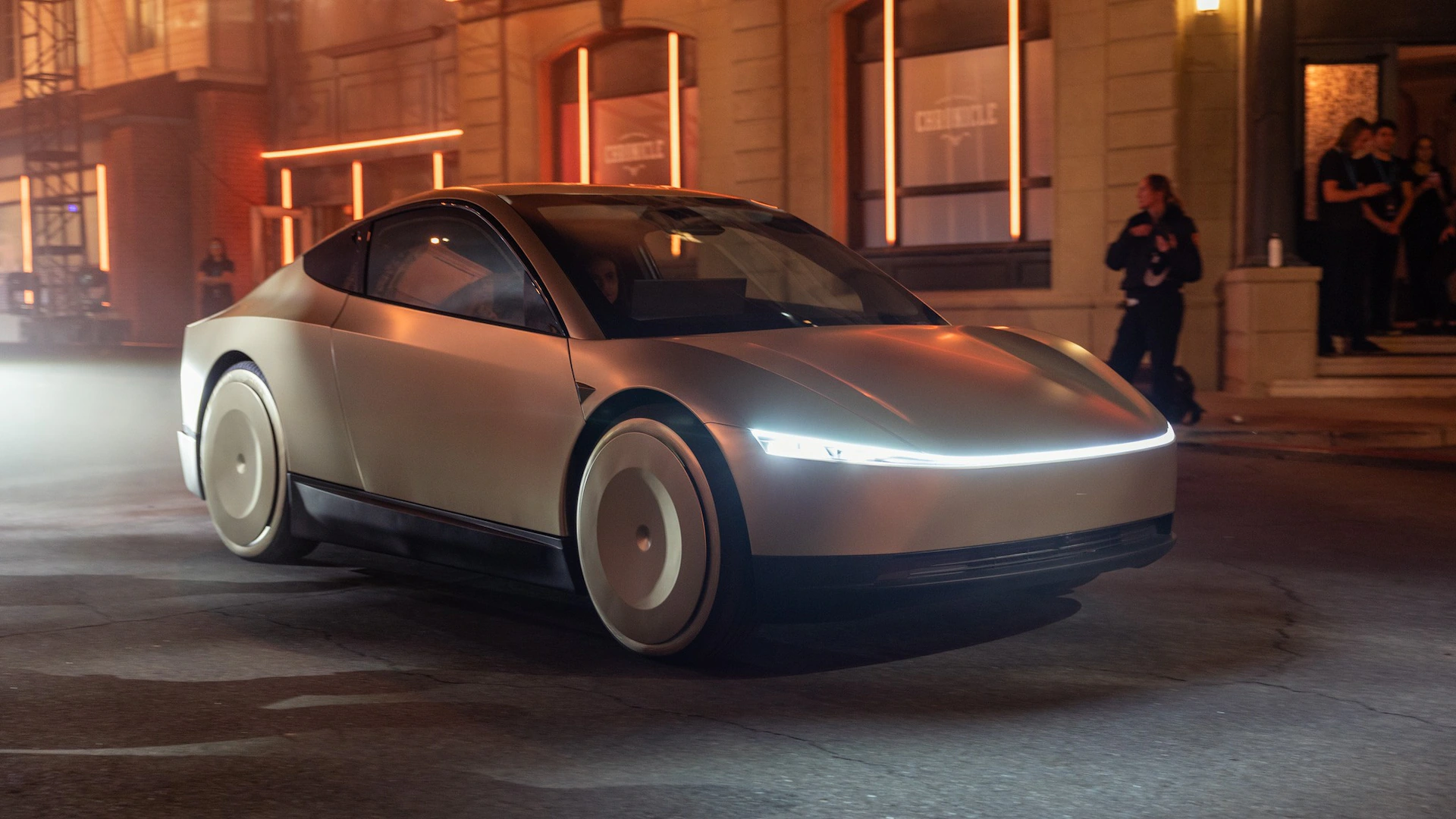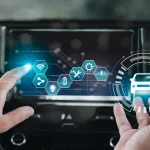
Analysts from Wedbush and ARK both showed strong optimism for Tesla’s robotaxi and its potential as part of fleet business operations.
Thursday evening at Warner Bros. studio lot, the company hosted an unveiling event for their robotaxi.
Cybercabs were demonstrated at the event. Customers can summon them through an app for use within a lot and public roads; however, these cars won’t become available until 2026.
Features
Tesla’s robotaxi will be capable of operating autonomously without needing a driver. The vehicle will take passengers and deliver packages, and should offer more comfort than current taxis with its single screen for passenger information and controls, automatic sliding doors, etc.
Musk has been working on an autonomous car with an unassuming design for some time now. The company recently unveiled a prototype, and currently uses it in trials. The design resembles other robotic vehicles like Zoox Verne and Cruise Origin, making its development all the more interesting.
It differs only in that it lacks steering wheels and pedals; its design focuses on ease of maintenance and repair. Furthermore, an inductive charging system makes charging simpler while simplified surfacing provides flat roof design as well as blanked-off discs on its alloy wheel designs make up other distinctive characteristics of its appearance.
Design
Elon Musk recently unveiled plans for Tesla to release a dedicated robotaxi without steering wheels or pedals by 2024, currently testing them in California and Texas. Individuals will also be able to purchase fleets of such vehicles.
The forthcoming robotaxi will be designed with autonomy in mind and feature an elegant two-seat design with gull-wing doors to ease entry and exit of passengers, making the ride more comfortable than traditional taxis. Furthermore, there will be a large touchscreen for passengers to control their ride; many features will also be accessible through an app.
The robotaxi will be designed to comply with current regulatory environments, making it impossible to operate outside these boundaries. This significantly limits its total addressable market and makes recouping development costs difficult.
Functions
Musk has previously suggested that once FSD launches, Tesla owners could rent out their vehicles to provide Uber-like service using robotic taxis adapted from existing customer cars or even newly manufactured models devoted exclusively for this task. He anticipates this would become a highly profitable business opportunity for Tesla.
Musk has revealed more details of a ridehailing app being tested at his company, promising users they can summon vehicles with safety drivers in them and the app promises more details at this event. Users are able to use this service by downloading it onto their phones.
But to truly become a viable business, FSD’s robotaxi must go beyond its current capabilities and take on all of the various responsibilities involved with running a taxi service, from cleaning and maintaining vehicles between rides to maintaining them between rides. Other companies like Alphabet’s Waymo and General Motors’ Cruise have made strides toward this end; both even developed dedicated vehicles to handle this aspect. Unfortunately, no one has been successful with making it work on a large scale yet.
Pricing
Elon Musk gave an overview of Tesla’s planned robotaxi in a video posted to X. This two-seat electric vehicle will allow human drivers to sit comfortably behind it, yet remove themselves entirely from driving tasks; its design lacks steering wheels and pedals while charging inductively. Musk stated the vehicle will cost below $30k “post incentive”, although it remains unclear whether that includes both costs for purchasing it and services provided.
The Robotaxi will use an implementation of Full Self-Driving (Supervised) software already used in Tesla Model 3 and Model Y vehicles, capable of autonomous acceleration, steering and braking on highways as well as neighborhood streets, but needing human supervision in case of an emergency situation.
Musk hopes that Robotaxi will become a profitable ride-hailing service. His company is currently working with partners to expand service into major cities; however, no exact timeline has been provided as to when this will take place.









